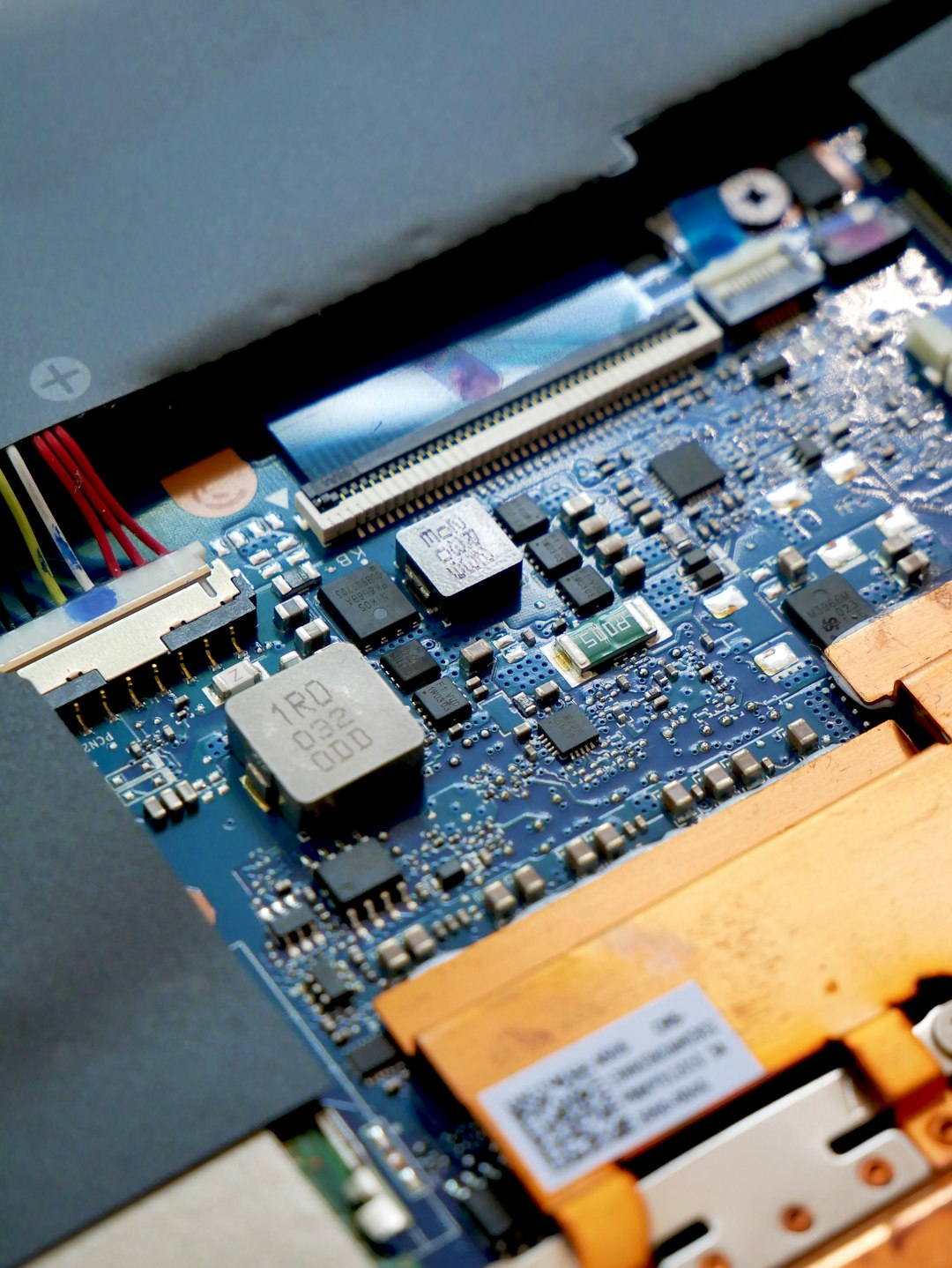When a PC fails to boot and all you see is a glowing light on your motherboard labeled “CPU,” it can be intimidating—especially if you’re not sure what caused it. The CPU light indicator on your motherboard is one of the system’s ways to point to potential problems with booting. Knowing what this light signifies and how to approach the issue can save hours of confusion and potentially costly repairs.
Table of Contents
What Is the CPU Light Indicator?
Many modern motherboards come equipped with onboard diagnostic LEDs that indicate which component is preventing the system from booting. The CPU light indicator, usually found near the CPU socket or in a dedicated diagnostic area of the board, lights up when the motherboard detects an issue with the CPU or its related processes.
This light does not give detailed information on what exactly is wrong—it merely signals that something involving the CPU is preventing proper startup. The issue could range from a poorly seated processor to something more severe like a damaged CPU or an incompatible BIOS version.
Common Causes of the CPU Light Being On
- Improper CPU installation: The processor might not be seated correctly in the socket.
- Incompatible CPU: Using a CPU that the motherboard doesn’t support can trigger the light.
- Damaged CPU or pins: Bent pins or static damage can cause failure to boot.
- BIOS not updated: Some newer CPUs require a BIOS update to function properly.
- Faulty power supply or connections: Insufficient power can affect CPU recognition.

Troubleshooting Steps for a CPU Light Indicator
If the CPU light is solid or blinking on your motherboard, follow these steps to isolate and fix the issue:
1. Power Off and Disconnect
Before touching any internal components, make sure the PC is powered off and unplugged. Press and hold the power button for about 10 seconds to discharge any residual electricity. This ensures safety and prevents static damage.
2. Reseat the CPU
This is one of the most common solutions. Improper seating can easily happen during the installation process. Carefully remove the CPU cooler, unlatch the retention mechanism, and take the CPU out. While handling it, avoid touching the pins or contacts. Place it back gently, aligning the notches or markers, and re-secure the latch.
3. Inspect CPU and Socket
Look for bent pins, foreign objects, or residue inside the socket. If you notice any bent pins, you can attempt to straighten them using a mechanical pencil or fine tip tool—though there’s always risk involved.
4. Check Memory Modules
Sometimes, a motherboard incorrectly blinks the CPU light when the issue lies with RAM. Remove and reseat memory sticks. If you have multiple sticks, try booting with one stick installed to rule out faulty RAM.
5. Review BIOS Compatibility
If you recently installed a new CPU, the BIOS may not support it out of the box. Visit the motherboard manufacturer’s website and cross-reference the supported CPUs with your model. You may need a BIOS update, which is typically done using a supported older CPU or via USB BIOS Flashback if your motherboard supports that feature.

6. Examine Power Connections
Ensure that the 8-pin CPU power connector from the PSU is properly plugged into the correct header on the motherboard—usually labeled CPU_PWR1. A loose connection here can easily lead to a CPU light warning.
7. Test with Another CPU
If possible, install a different compatible CPU to test if the issue persists. This can help you determine if the CPU itself is the problem or if it’s related to the motherboard or another component.
8. Reset CMOS/BIOS
Resetting the motherboard’s CMOS clears any wrongly configured settings. Locate the CMOS jumper on the board or remove the CMOS battery for a minute. Afterwards, place it back and retry booting.
When to Consider Professional Help
If none of the above steps solve the issue and the CPU light remains on, it’s time to seek professional support. Motherboard traces, VRMs (voltage regulator modules), or even unseen electrical issues might be the root cause. Continuing to tamper may damage components further.
Preventive Measures for the Future
- Always verify compatibility before purchasing a CPU or motherboard.
- Handle electronic parts with anti-static precautions, such as grounding wrist straps.
- Keep BIOS up to date for future CPU upgrades and stability improvements.
- Use a reliable power supply from a trusted brand with adequate wattage and certification.
Frequently Asked Questions (FAQ)
- What does the CPU light on my motherboard mean?
- The CPU light indicates that there may be an issue with the processor. It could be related to power, compatibility, seating, or damage.
- Can RAM issues cause the CPU light to come on?
- In rare cases, yes. Some motherboards mistakenly light the CPU LED due to miscommunication related to RAM errors.
- Do I need to update my BIOS for a new CPU?
- Often, yes. Especially when installing newer CPUs, the motherboard must already have the correct BIOS version to support them.
- How can I update my BIOS if the CPU doesn’t post?
- Many modern boards support “USB BIOS Flashback,” allowing you to update the BIOS without a CPU installed. Check the motherboard manual for instructions.
- Is a red CPU light always a sign of a fried processor?
- Not always. Most often, it’s not a sign of CPU damage, but rather improper installation or power issues. Physical damage is less common.
- Can overclocking trigger the CPU error light?
- Yes. If the processor becomes unstable due to aggressive overclock settings, the motherboard can flag this and halt boot with the CPU light on.
Understanding what the CPU light on your motherboard means is essential for any PC builder or user. With the right troubleshooting approach, most issues can be resolved without expensive repairs or replacements. Patience, methodical testing, and attention to compatibility go a long way in resolving CPU light problems and ensuring smooth operation of your system.




